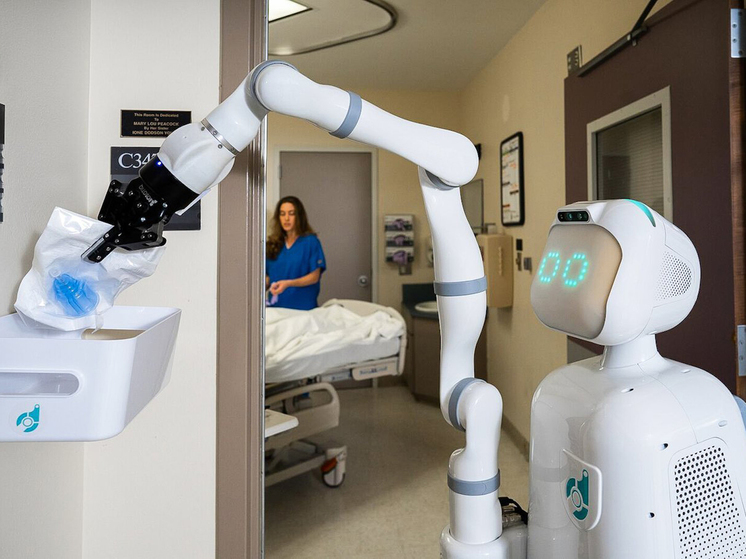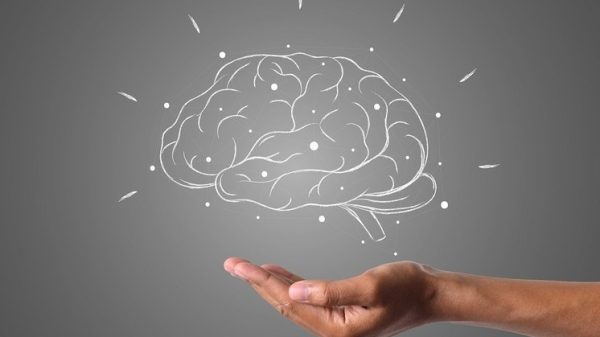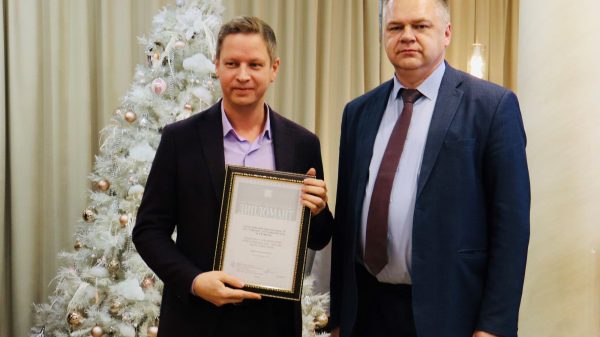Artificial intelligence is already widely used in various fields of medicine
Artificial intelligence (AI) technologies have rapidly burst into our lives and are used almost everywhere today. They significantly reduce material and labor resources: they analyze huge databases, “tirelessly” perform routine tasks, and monitor production processes around the clock.
 Photo: Diligent Robotic
Photo: Diligent Robotic
AI technologies have been widely introduced into medicine and continue to develop, including through Russian developments. MK learned from experts about what is new and useful in this area.
As Anna Solomakhina, an expert in the field of healthcare management, says, accurate diagnosis of pathologies is the most important aspect in medicine, because the entire volume of resources that will need to be used in solving the problem depends on it: “It is especially relevant in oncology, where every moment costs a life. Diagnostics is always a “look inside.” And MRI and CT machines do an excellent job with this task.”
However, Russian scientists went further in this matter and developed a technology to improve the quality of images through the introduction of special nanoparticles. Nanoparticles with special characteristics increase the contrast of images and thus make the pathology more “visible”. In addition to recording tumors, the system itself analyzes the information received and offers conclusions to the attending physician. This diagnostic algorithm can be applied to absolutely any part of the body, which makes it more accessible.
CT images are the basis of all diagnostic measures, but the main role here is played by the correct analysis of such images. AI algorithms are devoid of the “fatigue” factor, which is objectively present in a doctor, especially under conditions of a busy schedule. Image analysis algorithms are already built into many medical devices. And with the help of a special device (idiocapillaroscope), the doctor can, in a matter of minutes, analyze an image of a skin area for pathology and make a result on the spot. Any mole or vascular network can be “checked” in this way absolutely painlessly and quickly. The ophthalmological analyzer works on the same principle — it analyzes an area of the retina and makes subsequent conclusions about the possibility of glaucoma.
Diagnostics and immediate treatment is the next innovative stage in improving the medicine of the future, continues Anna Solomakhina. Some of its developments are available today.
Focused ultrasound is an example of the collaboration of scientific and engineering thought in medicine. The antitumor complex not only scans the area, but also detects pathology, analyzes it for “harmfulness” and, if the result is positive, eliminates the tumor with an ultrasound beam. The procedure is minimally invasive, takes little time and is absolutely safe from radiation.
Robotic systems have been successfully used in surgery for a long time. They remain especially important in cardiology. For example, a new domestic cardio robot was recently presented. This is a whole complex for cardiopulmonary resuscitation, its action replaces the work of resuscitators in particularly difficult conditions or emergency situations.
Of particular interest is the development of a smart syringe, which will go into widespread production next year. This device will not only be able to carry out intramuscular invasions to different depths, but also measure certain blood quality indicators. The syringe will be available for home use, which is very convenient for many of us.
It is impossible not to pay attention to one of the most promising areas in regenerative medicine — three-dimensional bioprinting. Its rapid development around the world leads to the creation of multinational companies. For example, the Biofabrication Society will unite the efforts of scientists and engineers from Asia, Africa, and Latin America. Our country also has a project to create 3D bioproducts for prosthetics. In the future, bioproducts based on their own cells will be available for clinical practice. During the development of nanomaterials for medicine in our country, a “self-healing” material was obtained that is used in limb prosthetics. The hand is a system characterized by the performance of many small movements. When designing prosthetics, this is not easy to achieve because the material wears out quickly. However, now it has been possible to ensure that the prostheses are more durable, and therefore durable.




































































Свежие комментарии